
Gallery
The screenshots on this page are a mix of prototypes, early versions of Pango, and later versions of Pango in use in GTK+.
The GTK+ color selector localized to Farsi. Translation by Roozbeh Pournader. Localized digit code and screenshot by Robert Brady.
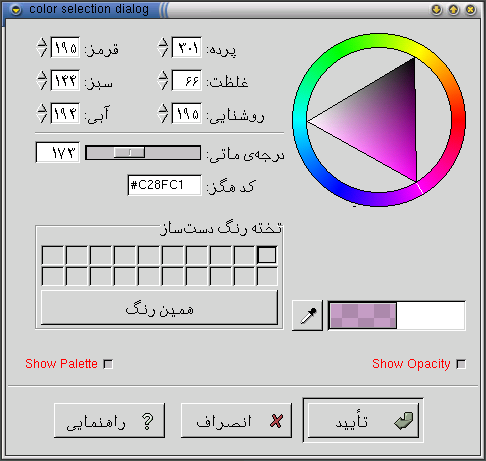
A screenshot of Pango displaying a number of different languages:
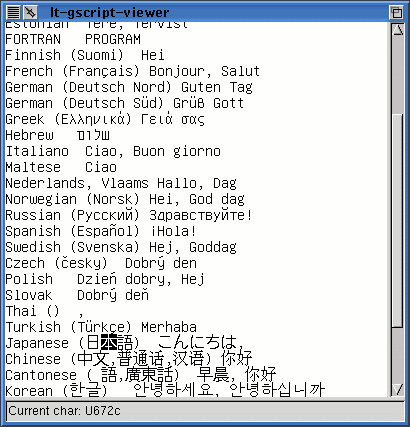
A screenshot of Pango rendering tamil:
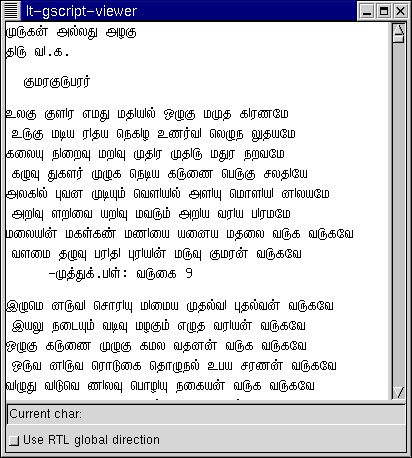
A screenshot from a prototype Devanagari renderer, with high quality rendering using libart:
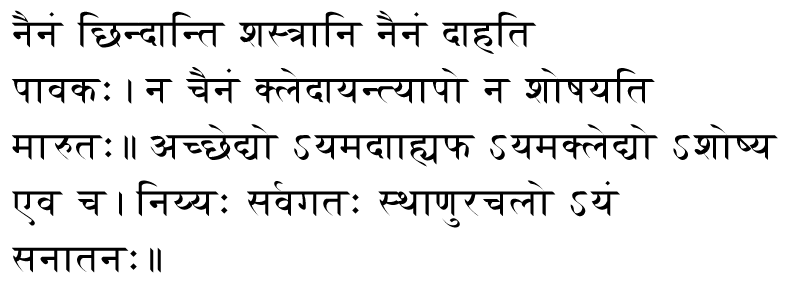
GTK+ Images
GTK+ labels rendering various languages through Pango


GTK+ entries with mixed Hebrew and English characters. (NOTE: The Hebrew is just random characters, due to my non-knowledge of Hebrew. Don't spend too long trying to find a hidden message.) The first entry shows a logically contiguous, but visually discontinguous selection. The second entry shows a split cursor displayed at a directional boundary. The cursor is sitting at the beginning of the Hebrew text. English text entered will be inserted at the strong cursor (shown in blue), while Hebrew text entered will be inserted at the weak cursor (shown in black.) The left-to-right cursor is strong, since the overall global direction of the entry is left-to-right.
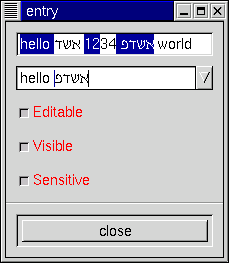
Along with the ability to display interfaces translated into right-to-left languages, GTK+ has the ability to mirror an interface automatically. Children are inserted into containers in the opposite order from the way they are displayed for left-to-right languages. This can be done almost completely without assistance from the application programmer. The following images shows a dialog mirrored in this fashion, but using English for both the original and mirrored interface. In addition to the mirroring of container packing, the checkbuttons, radiobuttons, spinbuttons, and frames all change their appearance to match the global right-to-left orientation.
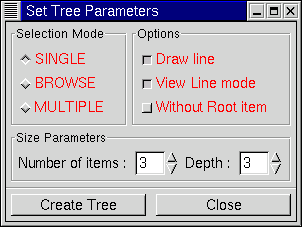
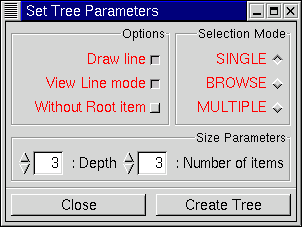
Last modified 18-Nov-2000 Owen Taylor <otaylor@redhat.com>